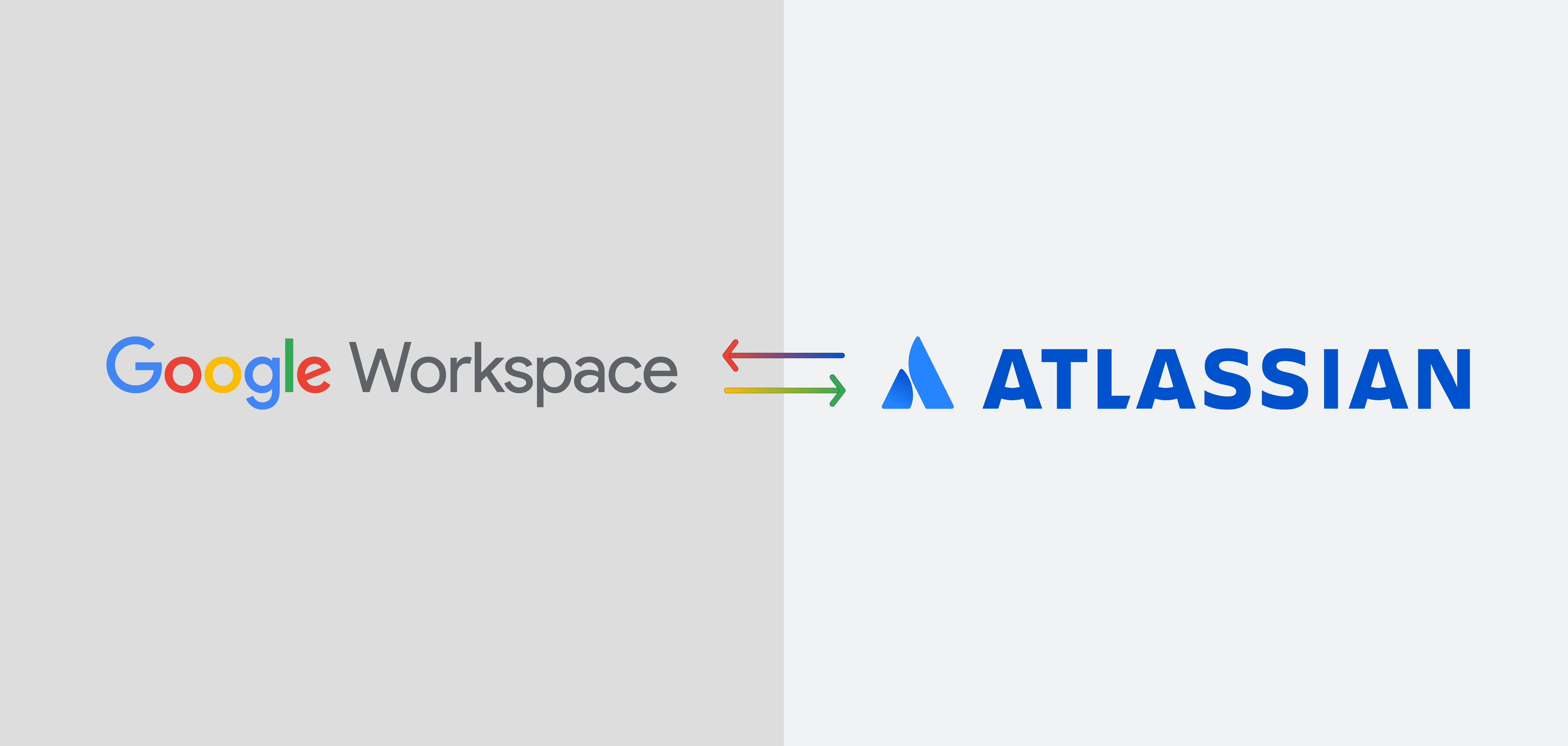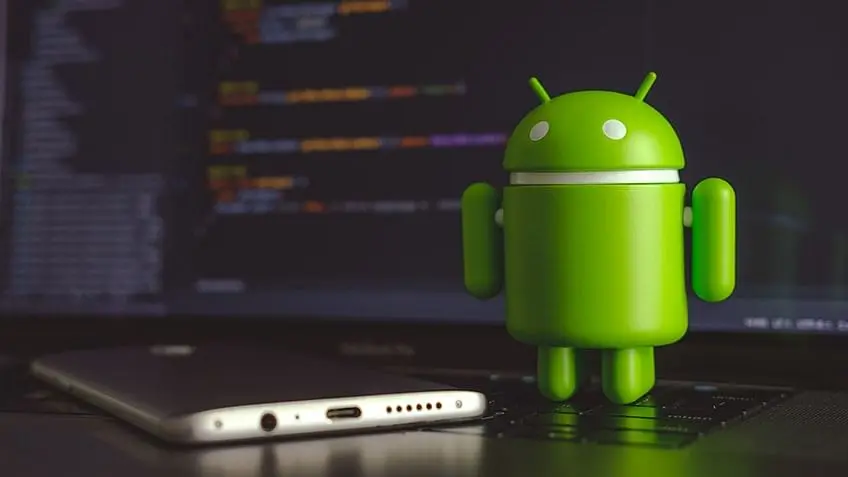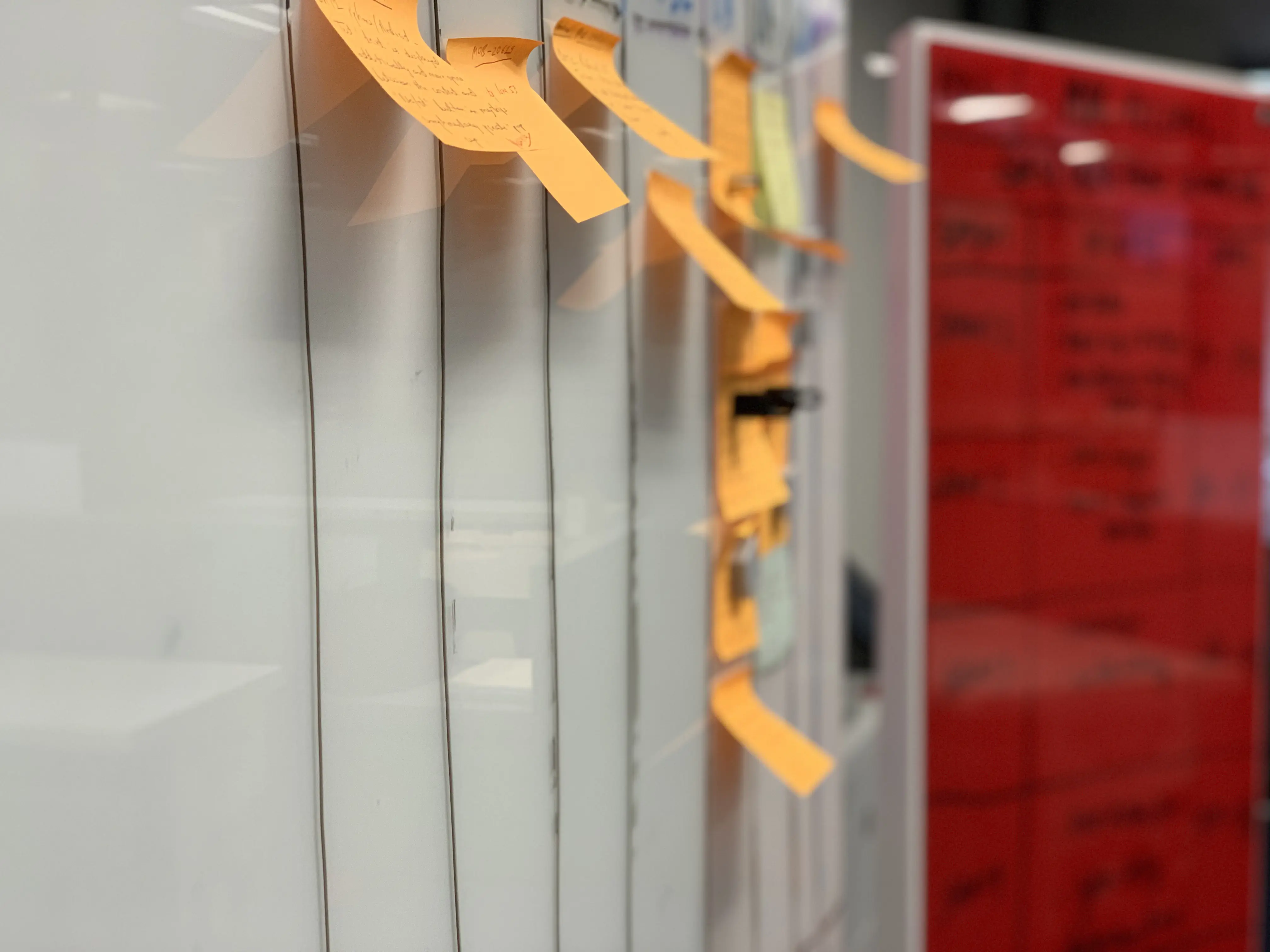
Kotlin Multiplatform Mobile (KMM) is a cross-platform development framework that allows developers to write shared business logic and create native mobile applications for iOS and Android using Kotlin. KMM builds on top of Kotlin, a popular statically typed programming language that targets the Java Virtual Machine (JVM), and extends its reach to native platforms. KMM was announced by JetBrains, the company behind Kotlin, in 2019 and reached stable release in 2021.
Kotlin Multiplatform vs. Alternatives
Kotlin Multiplatform competes with other cross-platform development frameworks, such as React Native, Flutter, and Xamarin. Each framework has its pros and cons, and choosing the right one depends on the project's requirements, team's skills, and other factors.
React Native is a JavaScript-based framework that leverages the power of React and JavaScript to create mobile apps. It has a large community and supports both iOS and Android. However, it can be slow and has some performance issues due to its JavaScript bridge.
Flutter is a Google-backed framework that uses Dart, a client-optimized language, to build mobile apps for iOS and Android. It has a fast development cycle and can create beautiful and responsive UIs. However, it requires learning a new language and has a smaller ecosystem compared to React Native.
Xamarin is a Microsoft-owned framework that allows developers to create mobile apps for iOS, Android, and Windows using C#. It has strong integration with Visual Studio and .NET, and can reuse existing .NET libraries. However, it can be complex and has a higher learning curve compared to other options.
Benefits of Sharing Business Logic
One of the main benefits of using Kotlin Multiplatform is the ability to share business logic across platforms. Business logic refers to the core functionality of an app, such as data processing, algorithms, and network communication. By sharing business logic, developers can reduce code duplication, increase code consistency, and save time and effort. For example, a financial app that needs to calculate interest rates can implement the calculation logic in Kotlin Multiplatform and use it in both iOS and Android apps. This approach can also improve the quality and reliability of the code, as changes in business logic are automatically propagated to all platforms.
Difficulties of Onboarding iOS Developers
One of the challenges of using Kotlin Multiplatform is onboarding iOS developers who are not familiar with Kotlin or the JVM ecosystem. iOS developers may need to learn new concepts and tools, such as Gradle, Kotlin Coroutines, and Android Studio. However, once they overcome the initial learning curve, they can benefit from the shared code and the Kotlin language's expressiveness and safety. Another challenge is dealing with platform-specific APIs and UI components, which may require platform-specific code or wrappers. However, Kotlin Multiplatform provides mechanisms, such as expect/actual declarations, to handle platform-specific differences.
Libraries Available to Bootstrap Development
To help developers bootstrap Kotlin Multiplatform development, several libraries and tools are available. One of the most popular is Ktor, a Kotlin-based framework for building asynchronous servers and clients. Ktor supports HTTP, WebSocket, and other protocols and can run on JVM, Android, and iOS. Another library is SQLDelight, a database library that generates type-safe Kotlin code based on SQL queries. SQLDelight can generate code for both JVM and iOS targets and supports SQLite, MySQL, and PostgreSQL. Other libraries include KampKit, a multiplatform UI toolkit inspired by SwiftUI, and Serialization, a library for serializing and deserializing Kotlin objects to and from JSON.
Beyond Mobile with Compose
Compose for Desktop is a UI framework that allows developers to build desktop applications using the same declarative UI programming model as Compose for Android. Compose for Desktop is built on top of Kotlin Multiplatform, which means that developers can share code between desktop and mobile platforms using the same language, tools, and APIs.
One of the benefits of using Compose for Desktop with Kotlin Multiplatform is that it allows developers to create rich, responsive, and visually appealing user interfaces that can run on multiple platforms. Compose for Desktop provides a modern and intuitive UI programming model that can help developers create complex UIs with ease.
For example, imagine you are building a desktop app that requires a complex UI with custom controls, animations, and interactions. With Compose for Desktop and Kotlin Multiplatform, you can write your UI code in Kotlin and share it across both desktop and mobile platforms. This not only reduces development time but also ensures consistency in how the app handles UI elements and interactions on both platforms.
Overall, Compose for Desktop and Kotlin Multiplatform offer a powerful and flexible solution for building cross-platform desktop applications. With its modern UI programming model and support for shared code, Compose for Desktop can help developers create high-quality desktop apps faster and more efficiently.
Persuading Engineering Managers and Stakeholders
To persuade engineering managers and stakeholders to adopt Kotlin Multiplatform, developers need to highlight the benefits of code reuse, improved code quality and consistency, reduced development time and cost, and faster time-to-market. Developers can also showcase successful case studies and testimonials from other companies and developers who have used Kotlin Multiplatform. Additionally, developers can demonstrate how Kotlin Multiplatform integrates with existing tools and processes, such as Gradle and Android Studio, and how it can leverage existing skills and knowledge of the Kotlin language.
Future Roadmap of Kotlin Multiplatform
The future roadmap of Kotlin Multiplatform includes several improvements and new features. One of the key areas of focus is improving the integration with Swift, the primary language for iOS development. JetBrains is working on improving the interop between Kotlin and Swift and providing better tooling and documentation. Another area of improvement is enhancing the multi-threading capabilities of Kotlin Multiplatform, such as supporting shared memory and atomic operations. JetBrains is also working on improving the performance and memory footprint of Kotlin Multiplatform and making it more accessible to a wider audience, such as web and desktop developers.
Conclusion
Kotlin Multiplatform Mobile is a promising cross-platform development framework that enables developers to write shared business logic and create native mobile apps for iOS and Android using Kotlin. Kotlin Multiplatform offers several benefits, such as code reuse, improved code quality and consistency, reduced development time and cost, and faster time-to-market. However, it also comes with some challenges, such as onboarding iOS developers and dealing with platform-specific APIs and UI components. To persuade engineering managers and stakeholders to adopt Kotlin Multiplatform, developers need to showcase its benefits, integration with existing tools and processes, and successful case studies. The future roadmap of Kotlin Multiplatform includes several improvements and new features, such as better integration with Swift and enhanced multi-threading capabilities.














